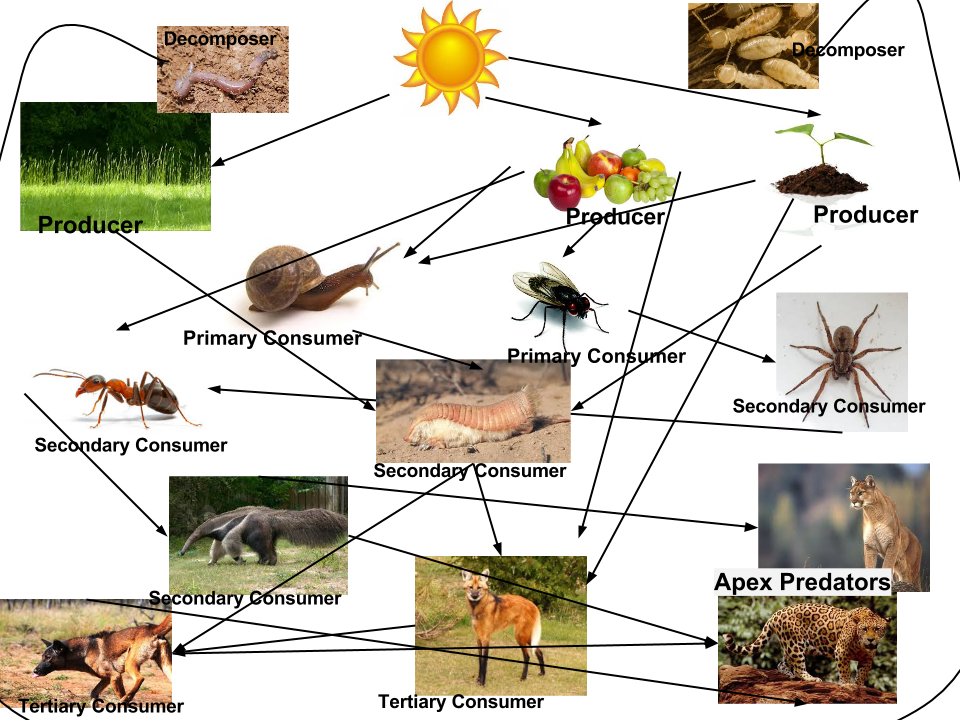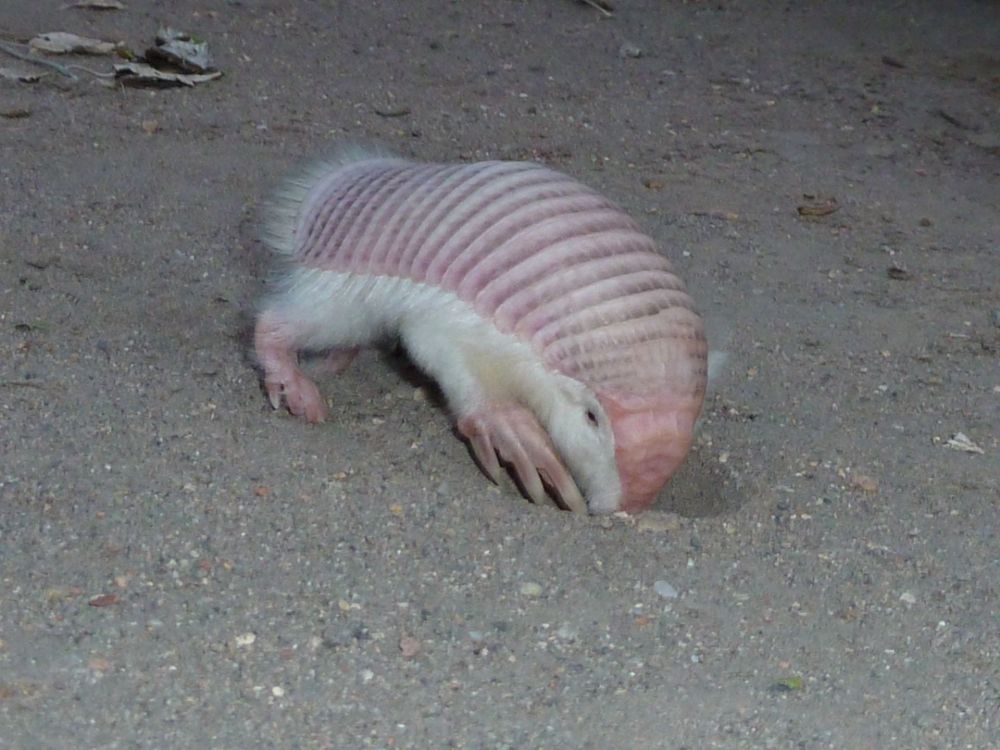Discover The Pink Fairy Armadillo: Facts & Habitat
Ever imagined an armadillo that could fit in the palm of your hand? Prepare to be amazed, because the pink fairy armadillo defies expectations, showcasing nature's penchant for miniature marvels.
First documented in 1825 by Richard Harlan, this creature, scientifically known as Chlamyphorus truncatus, reigns as the smallest of all armadillo species. Measuring a mere 13 cm (approximately 5 inches), it's a testament to the diversity within the armadillo family. Endemic to the sandy plains of Argentina, this elusive mammal has captivated researchers and nature enthusiasts alike. Its existence highlights the incredible adaptations life can take, carving out a niche in a challenging environment.
| Category | Information |
|---|---|
| Common Name | Pink Fairy Armadillo, Pichiciego |
| Scientific Name | Chlamyphorus truncatus |
| First Described | 1825 by Richard Harlan |
| Size | Approximately 13 cm (5 inches) |
| Weight | Around 85 grams (3 ounces) |
| Habitat | Sandy plains of central Argentina |
| Diet | Primarily insectivorous (ants, larvae, worms) |
| Conservation Status | Data Deficient (due to elusive nature and difficulty in studying populations) |
| Unique Feature | Dorsal shell almost completely separate from the body |
| Activity Pattern | Nocturnal |
| References | IUCN Red List |
Beyond its diminutive size, the pink fairy armadillo possesses a unique lifestyle finely tuned to its arid environment. This nocturnal creature spends the majority of its life underground, burrowing through the loose, sandy soil. Sightings are incredibly rare, emphasizing the challenges in studying this enigmatic species. One researcher dedicated 13 years to studying its habitat without ever encountering one in the wild, highlighting just how elusive the pink fairy armadillo truly is.
- John Keats Kopelman Will Kopelmans New Son Family Life
- Terrell Carter From Diary Of A Mad Black Woman To Playboi Cartis Dad
The disparity in size within the armadillo family is quite remarkable. Consider the giant armadillo, which can reach up to 59 inches (150 cm) in length and weigh a hefty 119 pounds (54 kg). In contrast, the pink fairy armadillo, about the size of a dollar bill, barely tips the scales at around 3 ounces (85 grams). This difference underscores the diverse evolutionary pathways taken by armadillos across the Americas.
Armadillos, in general, are easily recognized by their protective, leathery shells composed of bony dermal plates. However, the pink fairy armadillo stands out with its dorsal shell being almost completely separate from its body. This unique adaptation allows for greater flexibility and maneuverability within its subterranean tunnels.
So, what exactly does an armadillo eat? While many armadillo species are omnivorous, consuming both plants and animals, the pink fairy armadillo leans heavily towards insectivory. Its diet primarily consists of insects, larvae, and worms, showcasing its specialization in exploiting the resources available in its sandy habitat.
- Laisha Oseguera Arrest Warrant Drama El Menchos Daughter
- V Stiviano Life After The Scandal Maria Vanessa Perezs Story
Ants are a staple food for the pink fairy armadillo, readily available in their sandy environment and providing a good source of protein. Termites also form a significant part of their diet, offering essential nutrients to supplement their protein intake. While the pink fairy armadillo may occasionally consume plant parts, vegetation is typically a last resort when other food sources are scarce.
The pink fairy armadillos feeding habits are inextricably linked to its digging abilities. Its long snout and sharp teeth are perfectly adapted for locating and capturing prey underground. While the specifics of their foraging behavior remain somewhat mysterious, it's reasonable to assume they dig out insects from the ground, similar to other fossorial species.
The pink fairy armadillo, being nocturnal, forages for food under the cover of darkness. Their reliance on insects makes them particularly vulnerable to any disruptions in the insect populations within their habitat. The Mendoza region, where they reside, experiences warm and cold seasons, as well as wet and dry periods, which can influence the availability of their food sources.
Imagine a scenario where ants, a primary food source for the pink fairy armadillo, were to disappear due to a toxin. The consequences would be devastating, potentially leading to starvation not only for the armadillo but also for other insectivores like the anteater. The domino effect would extend further up the food chain, impacting larger predators like the maned wolf, feral dogs, jaguars, and mountain lions, all reliant on prey that ultimately depend on insects.
The pink fairy armadillo plays a critical role in its ecosystem. As avid diggers, they contribute to soil aeration and increase its ability to absorb water. This, in turn, benefits plant life, creating a positive feedback loop within the environment.
Currently, the fairy armadillo family includes two extant species: the pink fairy armadillo (Chlamyphorus truncatus) and the Chacoan or greater fairy armadillo (Chlamyphorus retusus). These two species share morphological similarities, including prominently reduced eyes and reinforced forearms equipped with enlarged digging claws.
The classification of the pink fairy armadillo has undergone some revisions. It was once thought to be closely related to the greater fairy armadillo, but more recent evidence suggests that the greater fairy armadillo warrants its own genus, highlighting the ongoing refinement of our understanding of these creatures.
There are roughly 20 armadillo species across the Americas, predominantly in Central and South America. The diverse range of sizes and adaptations reflects the varied environments they inhabit. From the tiny pink fairy armadillo to the massive giant armadillo, each species occupies a unique ecological niche.
The elusiveness of the pink fairy armadillo makes it challenging to study and assess its conservation status. It's difficult to estimate population sizes and monitor their health. While they are not considered to be good candidates as pets, some private collectors show interest in them. Their specialized diet and subterranean lifestyle make them difficult to care for in captivity.
While not suitable as pets themselves, what animals could potentially cohabitate with a pink fairy armadillo in a controlled environment? This remains a complex question, requiring careful consideration of their needs and the potential for competition or conflict. The focus should always be on ensuring their well-being and replicating their natural habitat as closely as possible.
The diet of the pink fairy armadillo extends beyond ants and termites. They are known to consume crickets, providing a valuable source of protein. Mealworms are also a favorite, offering a rich supply of fat and protein. This diverse diet contributes to their overall health and survival in their challenging environment.
The pink fairy armadillo, also known as the pichiciego, is truly one of the most fascinating and elusive mammals on Earth. Exclusively found in Argentina's central grasslands, this tiny creature continues to capture our attention with its unique appearance, subterranean lifestyle, and rarity.
The pink fairy armadillo is not an omnivore. Although it relies primarily on ant, it does also forage on plant matter, worms and snails.The pink fairy armadillo utilizes its digging abilities to burrow into ant colonies and sometimes forages for small insects above land.
The pink fairy armadillo remains a subject of ongoing research and conservation efforts. Its unique adaptations, elusive nature, and vulnerability to habitat loss make it a high-priority species for understanding and protecting the biodiversity of Argentina's arid regions. As we learn more about this remarkable creature, we can better ensure its survival for generations to come.



Detail Author:
- Name : Lilly Mayer
- Username : verona15
- Email : golden50@hotmail.com
- Birthdate : 1978-05-31
- Address : 921 Glover Knolls Suite 706 Reingertown, FL 95983-8985
- Phone : +15512256987
- Company : Kreiger-Collier
- Job : HVAC Mechanic
- Bio : Cupiditate ea necessitatibus nesciunt quam voluptates ducimus. Aut vel qui et. Officia aut provident delectus voluptatem temporibus quam.
Socials
facebook:
- url : https://facebook.com/gage.hauck
- username : gage.hauck
- bio : Quaerat quae eligendi pariatur nemo quo iure.
- followers : 859
- following : 1377
instagram:
- url : https://instagram.com/gage_hauck
- username : gage_hauck
- bio : Mollitia quis est qui debitis facilis. Nisi velit consequatur voluptas et.
- followers : 3176
- following : 718
tiktok:
- url : https://tiktok.com/@gage_real
- username : gage_real
- bio : Voluptates ut culpa esse.
- followers : 1042
- following : 168
twitter:
- url : https://twitter.com/gage_hauck
- username : gage_hauck
- bio : Fugit perferendis tenetur est quo consequatur asperiores deserunt. Aspernatur ut assumenda voluptatem et. Error tenetur sed rerum aut fugit et at.
- followers : 4489
- following : 611